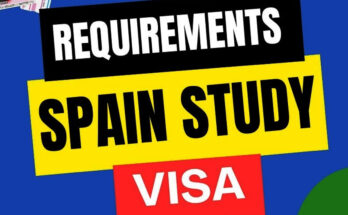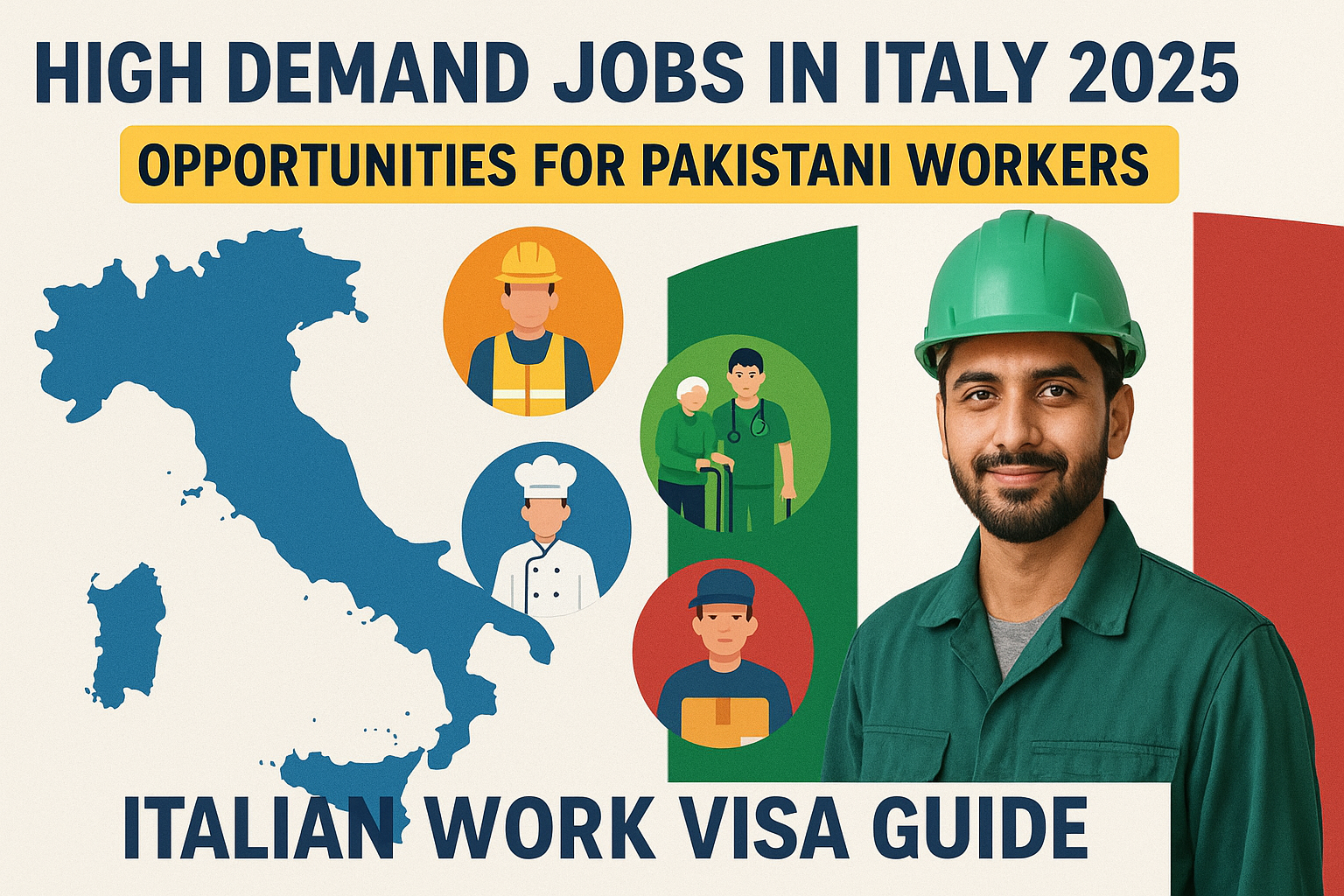Dreaming of landing a job in the United States? You’re not alone. The U.S. is one of the most attractive destinations for global talent—offering competitive salaries, diverse industries, and endless growth opportunities. Whether you’re in tech, healthcare, or engineering, the American dream is still alive—and very hireable!
This guide will walk you through everything you need to know to get a job in the USA, from visa options to resume tips and interviews. Ready to dive in?
Understanding the US Job Market
Major Industries Hiring Right Now
The U.S. has a dynamic labor market with high demand in industries like:
Technology (Software Developers, AI Engineers, Data Analysts)
Healthcare (Nurses, Doctors, Caregivers)
Finance (Accountants, Analysts)
Engineering (Mechanical, Civil, Electrical)
Education (Teachers, Researchers)
👉 Check U.S. Labor Market Trends – Bureau of Labor Statistics
Trends to Watch
Remote work is here to stay, especially in tech. There’s also a growing focus on green jobs, cybersecurity, and artificial intelligence. Stay ahead by aligning your skills with these booming fields.
Eligibility to Work in the USA
Work Visas & Immigration Status
To legally work in the U.S., you need either:
A work visa (like H-1B, L-1, O-1, etc.)
A green card (permanent residency)
Optional Practical Training (OPT) for F-1 students
👉 Learn more about U.S. work visas – USCIS
Popular Work Visa Types
H-1B Visa – For skilled workers in specialty fields.
L-1 Visa – For intra-company transfers.
O-1 Visa – For individuals with extraordinary ability.
Resume and Cover Letter Tips
American-Style Resume Format
Keep it 1 page (2 max if you’re experienced)
Use bullet points, action verbs, and quantifiable results
Include a professional summary at the top
Cover Letter Tips
Tailor it to the job
Be brief and compelling
Highlight your visa status only if required
👉 Free Resume Templates – Novoresume
Job Search Strategies
Top Job Boards
Smart Job Hunting Tips
Set up alerts for new jobs
Use keywords like “H-1B sponsorship” in your search
Follow companies on LinkedIn for job updates
Creating a LinkedIn Profile That Gets Noticed
Optimize for Recruiters
Use a professional photo
Add a strong headline (“Software Developer | Open to Relocation | H-1B Ready”)
Showcase skills and endorsements
Build Your Network
Connect with HR professionals and hiring managers
Engage by commenting on industry posts
👉 LinkedIn Tips for Job Seekers
Applying for Jobs
Tailor Your Resume
Each job application needs a unique resume. Use the job description to mirror keywords.
Apply Strategically
Don’t apply to 100 jobs blindly. Focus on roles that match your profile and sponsorship status.
Acing the Interview
What to Expect
Interviews in the USA can include:
Phone screenings
Technical interviews
Behavioral interviews
Common Questions
“Tell me about yourself.”
“Why do you want to work here?”
“Describe a challenge you’ve overcome.”
👉 Glassdoor Interview Questions
Salary Expectations & Negotiations
Know the Numbers
Use tools like Payscale or Salary.com to find average pay for your job role in different cities.
Negotiation Tips
Always negotiate! It’s expected.
Highlight your unique skills and experience
Be confident but respectful
Sponsorship-Friendly Companies
Top Employers Hiring International Talent
Google
Amazon
Microsoft
Meta
Infosys
TCS
Capgemini
👉 List of H-1B Sponsors – MyVisaJobs
Freelancing and Remote Work Options
Remote Work Platforms
If you’re outside the U.S., this could be a great way to start building U.S.-based experience and income.
Certifications That Boost Job Chances
In-Demand Certifications
Tech: AWS, Microsoft Azure, CompTIA, Google Cloud
Project Management: PMP, Scrum Master
Finance: CPA, CFA
Healthcare: NCLEX, ACLS
👉 Coursera, edX, and Udemy offer top-rated courses.
Common Challenges for Foreign Workers
Language & Accent
Practice with apps like Elsa Speak and Duolingo.
Cultural Fit
Workplace culture may be more casual or direct than in your home country. Watch U.S. office shows like “The Office” or “Suits” for insights.
Visa Delays
Start early. Visa processes can take 3–6 months depending on the type.
Success Stories
From India to Silicon Valley
Ravi, a data engineer from India, got an H-1B at Amazon through campus placements.
Pakistani UI/UX Designer at Meta
Sarah built her portfolio on Behance, got noticed via LinkedIn, and aced three rounds of interviews.
Nigerian DevOps Engineer at Microsoft
After working remotely with a U.S. startup via Upwork, John transitioned into full-time employment with sponsorship.
Conclusion
Getting a job in the USA isn’t just a dream—it’s a very real possibility if you follow the right steps. Focus on tailoring your resume, networking strategically, and preparing thoroughly for interviews. With the right effort, your next job offer could have a U.S. zip code.
FAQs
1. Can I get a job in the USA without a degree?
Yes! Many tech, design, and freelance roles value skills and portfolios over degrees.
2. How long does it take to get a work visa?
On average, 3–6 months depending on the visa type and employer sponsorship timeline.
3. Can I switch jobs with an H-1B visa?
Yes, but the new employer must file a transfer petition with USCIS.
4. Do I need to be in the USA to apply for jobs?
No, but being in the U.S. may help with interviews and faster onboarding.
5. Is freelancing a good way to enter the U.S. market?
Absolutely. Many remote workers later transition into full-time U.S. employment.




